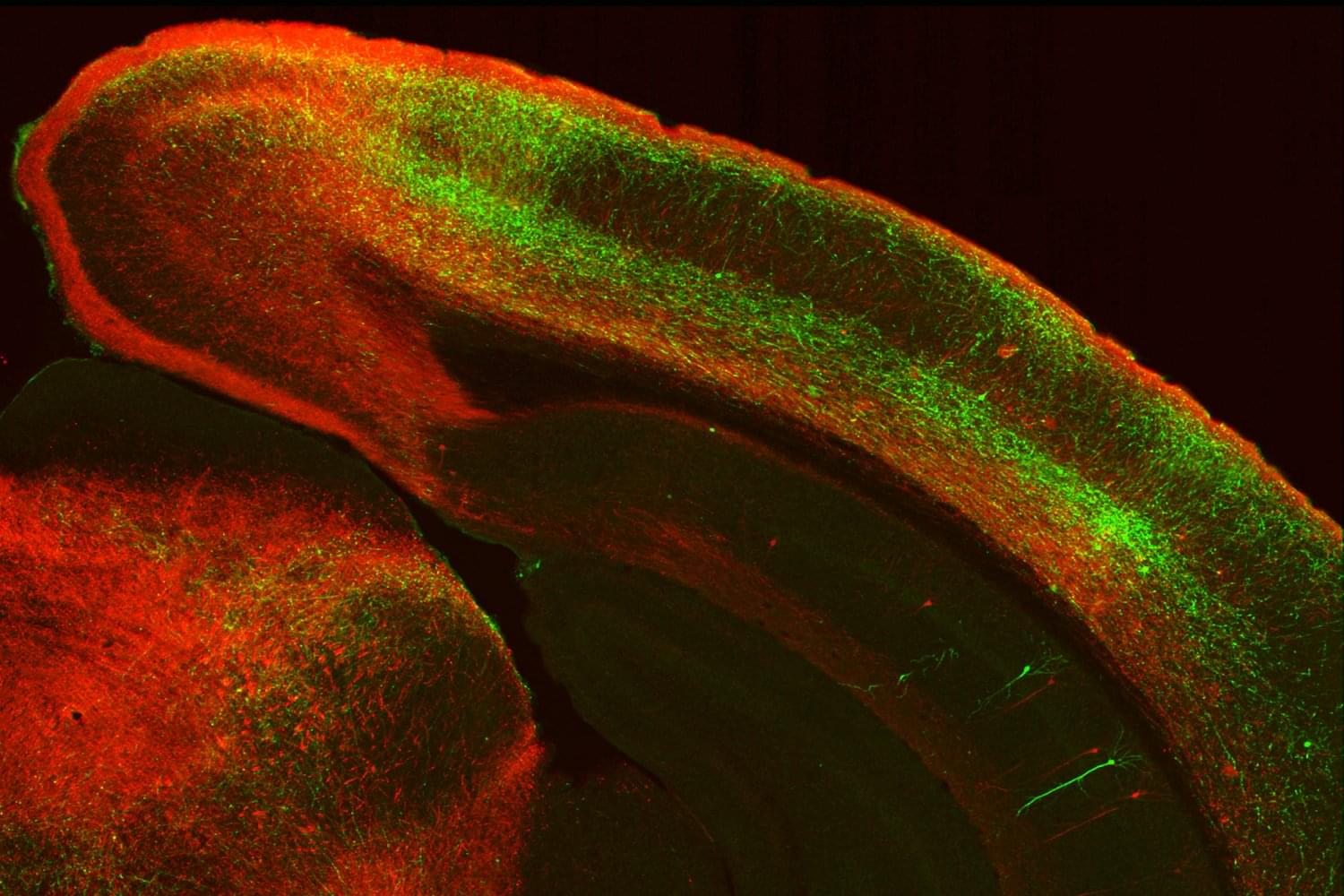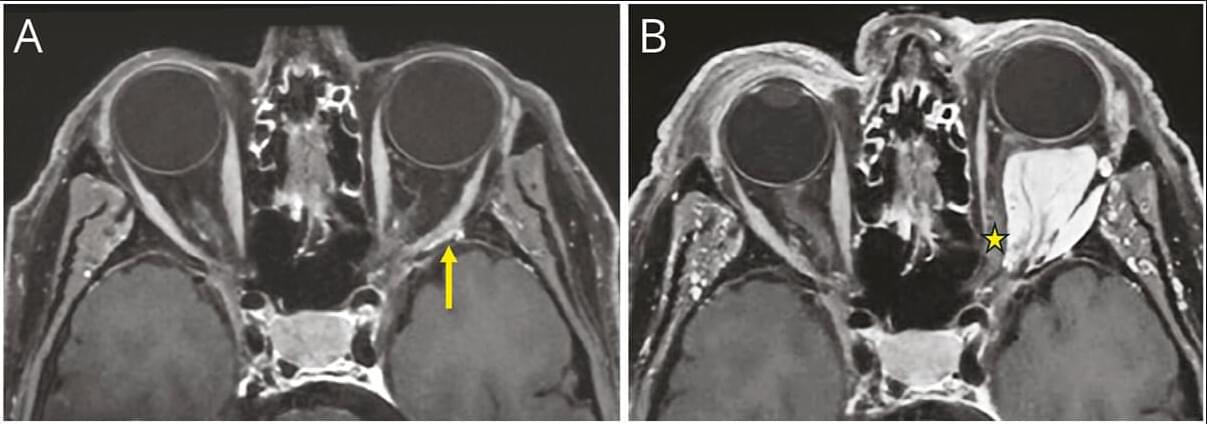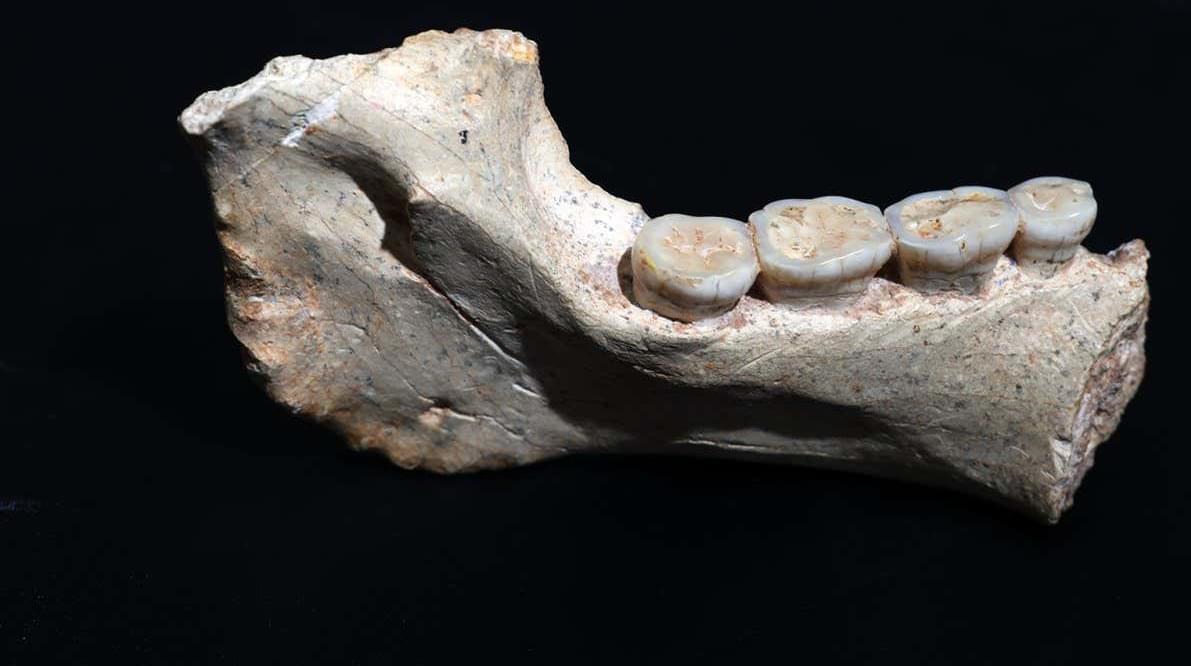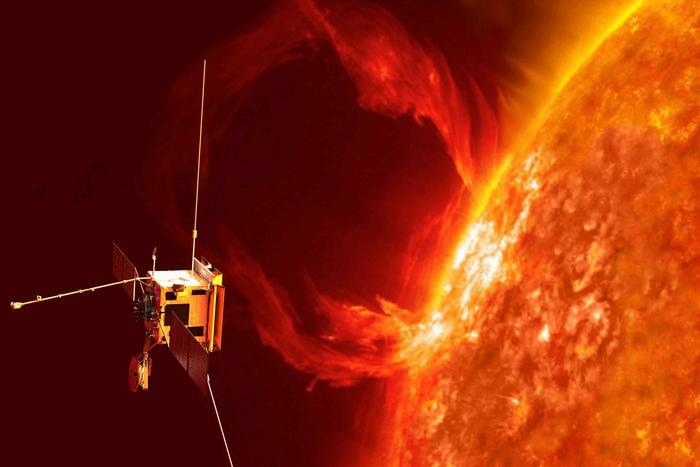RCT: In patients with Chagas-related HFrEF, sacubitril/valsartan did not reduce rates of cardiovascular death or heart failure hospitalization compared with enalapril.
Although there was a greater reduction in NT-proBNP with sacubitril/valsartan, this did not impact observed clinical outcomes. These findings, in line with the BENEFIT trial, highlight the limited effect of biomarker improvements and antiparasitic therapy on clinical endpoints for Chagas disease.
The most common and severe complication of Chagas disease in its chronic phase is cardiomyopathy, which occurs in 30% to 40% of persons who are infected and can present as chronic myocarditis, conduction system abnormalities, cardioembolic episodes, heart failure (HF), and sudden death.5,11,12 Chagas cardiomyopathy is distinguished by its unique clinical features, including focal myocardial fibrosis, arrhythmogenicity, and ventricular aneurysm formation as well as a markedly high mortality rate, even in the absence of typical comorbidities.13 The reasons patients with HF due to Chagas disease have such a poor prognosis are not fully understood but may include persistent immune-mediated myocardial inflammation triggered by chronic parasitic infection, hypercoagulable state, right ventricular dysfunction, microvascular dysfunction, autonomic disturbance, high rates of ventricular arrhythmias, elevated risk of stroke, conduction disturbances, and ventricular aneurysm formation.5,13,14
Whether guideline-recommended medical therapies for HF are effective in patients with Chagas cardiomyopathy is unknown. No randomized clinical trial to date has been powered to test the efficacy and safety of any treatment in patients with HF caused by Chagas disease, and these patients were not adequately represented in pivotal HF trials.14 Although large randomized clinical trials are lacking, enalapril was selected as the comparator as a standard of care for HF management, including in patients with Chagas cardiomyopathy. The study by Szajnbok et al demonstrated that enalapril improved functional class and reduced heart size in patients with chronic Chagas heart disease, suggesting a beneficial hemodynamic effect.15 More recently, Penitente et al reported that enalapril reduced myocardial fibrosis and improved cardiac function in a murine model of chronic Chagas disease, supporting its role in modulating disease progression.16 Sacubitril/valsartan may offer incremental benefit over enalapril in patients with Chagas disease not only through neurohormonal and vasodilator effects but also by mitigating myocardial fibrosis and arrhythmias.14 Additionally, fully understanding the safety of HF treatments in this population is important, as these patients have more dysfunction of the right ventricle and lower blood pressure compared with other HF etiologies.14
Therefore, the PARACHUTE-HF (Prevention and Reduction of Adverse Outcomes in Chagasic Heart Failure Trial Evaluation) trial was designed to prospectively evaluate the efficacy and safety of the angiotensin receptor-neprilysin inhibitor sacubitril/valsartan in patients with HF with reduced ejection fraction (HFrEF) caused by Chagas disease.








